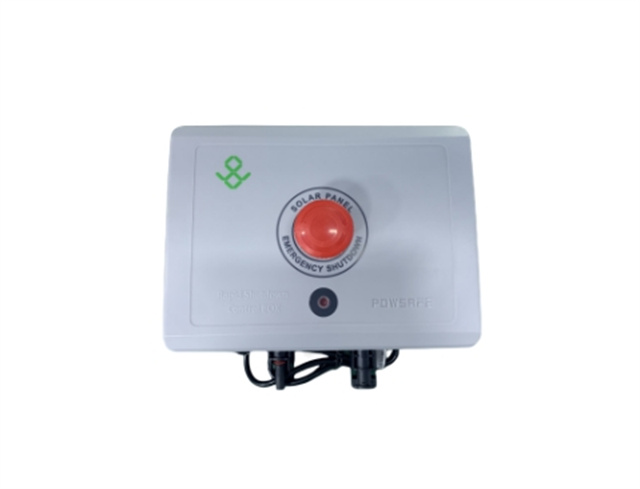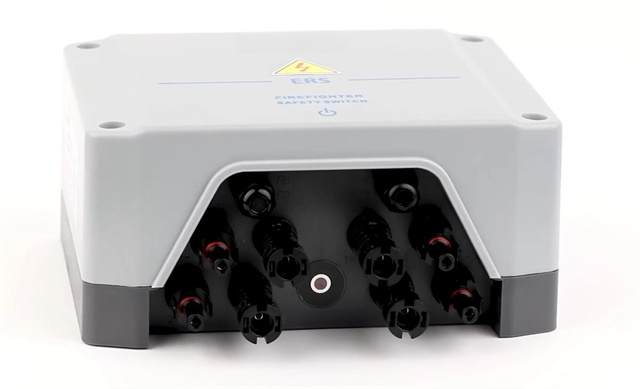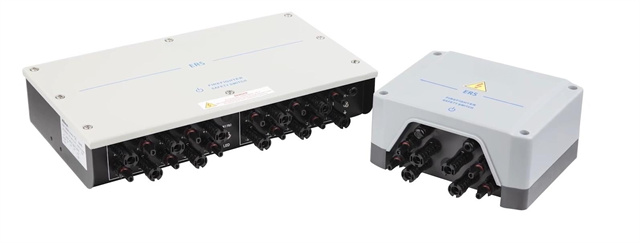Author:BLD Solar Energy SystemFROM:Solar System Converter Manufacturer TIME:2023-08-21
Introduction:
The rapid shutdown of PV (photovoltaic) systems is a crucial safety measure that ensures the protection of both installers and emergency responders. It involves quickly de-energizing the solar power system during an emergency or maintenance situation. Understanding how to properly use rapid shutdown is essential for those involved in the solar industry. In this article, we will discuss the importance of rapid shutdown, its regulatory requirements, and practical tips for implementing it effectively.

Rapid shutdown is necessary to reduce the risk of electrical shock and fire hazards associated with PV systems. During emergencies, such as fires or other incidents, first responders need to be able to work safely without the danger of live electrical currents. Rapid shutdown ensures that the flow of electricity from the PV system is halted quickly, reducing the potential for electrocution and facilitating a swift response by firefighters, police, or other emergency personnel.
Furthermore, rapid shutdown enhances the safety of installers and maintenance workers. When conducting repairs or routine maintenance, it is crucial to minimize the risk of accidental electrocution. Rapid shutdown mechanisms allow these individuals to safely disable the system before carrying out any work, preventing injuries and potential fatalities.

In the United States, rapid shutdown requirements for PV systems are outlined in the National Electrical Code (NEC). The NEC specifies that for residential installations, rapid shutdown must be implemented to ensure that no more than 30 volts can be measured at any point on the array within 30 seconds of initiating the shutdown sequence. For commercial installations, the requirements may vary depending on the specific jurisdiction.
Additionally, various countries around the world have their own regulations regarding rapid shutdown. It is essential for solar installers and system designers to familiarize themselves with the specific requirements in their region to ensure compliance and maintain safety standards.

Implementing rapid shutdown effectively requires careful planning and adherence to best practices. Here are some tips to ensure a proper and successful implementation:
- Choose the right rapid shutdown solution: There are various devices available for enabling rapid shutdown, including module-level power electronics (MLPEs), rapid shutdown combiners, and rapid shutdown systems integrated into inverters. It is important to select the appropriate solution based on system size, complexity, and local regulatory requirements.
- Follow manufacturer instructions: Each rapid shutdown device comes with specific installation and operation instructions from the manufacturer. It is essential to carefully read and follow these instructions to ensure proper functioning and compliance with safety regulations.
- Train installers and maintenance personnel: Proper training of installers and maintenance personnel is critical for the effective use of rapid shutdown systems. They should be educated on how to safely engage and disengage the shutdown mechanism, as well as understanding the potential hazards associated with PV systems.
- Regularly test and maintain: Like any other safety equipment, rapid shutdown systems should be regularly tested and maintained to ensure they are in proper working condition. Regular inspections and maintenance checks can help identify and address any issues promptly.
Conclusion:
Properly implementing rapid shutdown in PV systems is not only a legal requirement but also a necessary step to protect the safety of installers, maintenance personnel, and emergency responders. By understanding the importance of rapid shutdown, complying with regulatory requirements, and following best practices, the solar industry can ensure that PV systems operate safely and efficiently, contributing to the growth and sustainability of renewable energy.
